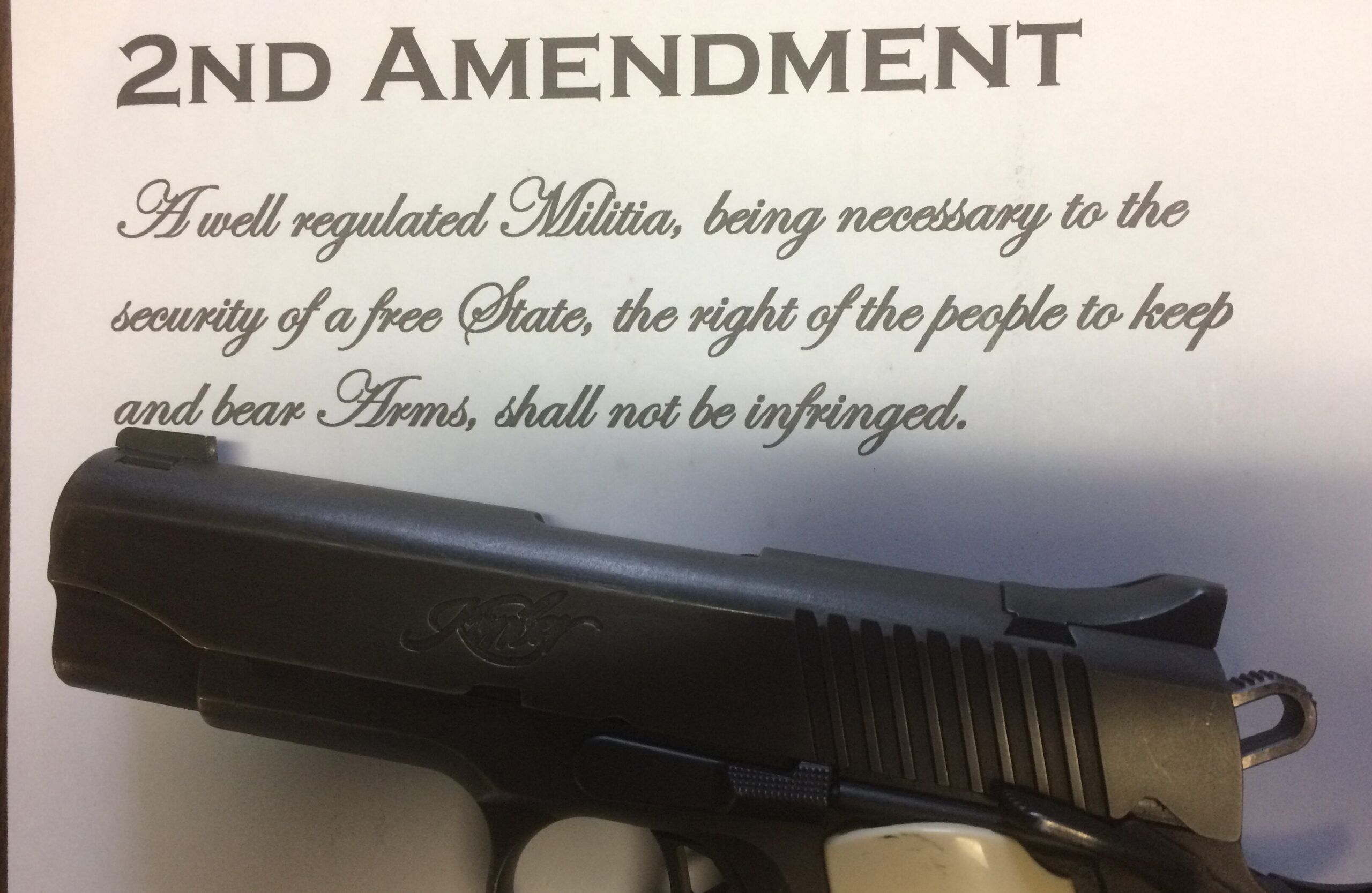
By Dave Workman
Editor-in-Chief
An editorial in the Star-Ledger of New Jersey declaring the Second Amendment to be “a curse” is eliciting a few curses of its own, and may not-so-inadvertently have set the tone for a continuing about the right to keep and bear arms as 2023 unfolds, six months after the U.S. Supreme Court ruled that Americans have a right to carry outside the home, and they needn’t justify it to a police agency or other government licensing authority.
According to Fox News, the editorial—protected from view by all but subscribers due to a paywall—slammed the ruling in New York State Rifle & Pistol Association v. Bruen, which brought an end to the unconstitutional century-old requirement that applicants for a concealed carry license in the Empire State provide a “good cause” to be armed in public. As Justice Clarence Thomas explained in his majority opinion, no other constitutionally-protected right is treated this way.
But the Star-Ledger editorial board suggests U.S. citizens needn’t be concerned about having a right regulated like a government privilege. The editorial embraces the notion of life without a Second Amendment, and a nation run by someone like Canadian Prime Minister Justin Trudeau.
The editorial then asserted, “Where you have fewer guns and stricter laws, you have fewer gun injuries and deaths, research has shown.” It’s a statement open to challenge, which is exactly what WPG Talk Radio did in a response.
“We think that analysis is wrong,” the station said in its own editorial. “Every objective, dispassionate analysis indicates that the states with the strictest gun laws appear to have the most gun injuries and deaths.”
On that point, the Star-Ledger lamented, “The core rationale is that we need guns for self-defense, but what we have is a public policy in which nearly 49,000 people a year are killed by guns and nearly 400 million firearms flood our streets – more than one for every citizen.”
Second Amendment advocates have long derided such remarks as an exercise in emotional semantics, noting that nobody is killed “by” a gun ever; people misusing guns—either criminally or negligently—kill other people, or they use firearms to take their own lives. It’s just one more manifestation of what has become known as the “blame the gun” mentality where blame for a tragedy is shifted to the gun and away from the actual person responsible.
The Star-Ledger editorial observes, “After the U.S. Supreme Court’s conservative majority revoked women’s right to an abortion, overturning a 49-year-old legal precedent, it also struck down a more-than-century-old state law that restricts the right to carry a concealed handgun in public.” But what about the 232-year-old Second Amendment, which protects the right to keep and bear arms from government infringement? Is not a “restriction” a form of infringement?
The Star-Ledger editorial also contends the idea of firearms for self-defense is a “fanatical interpretation of our Second Amendment,” Fox News noted.
However, in the Bruen ruling’s opening paragraph, Justice Thomas observed, “We too agree, and now hold, consistent with Heller and McDonald, that the Second and Fourteenth Amendments protect an individual’s right to carry a handgun for self-defense outside the home.”
The debate over gun rights will become more intense this year as various court challenges to existing gun control laws continue, and as some Democrat-controlled state legislatures continue pressing for even more restrictive gun laws.
In Washington, for example, a new Crosscut/Elway Poll revealed support for a ban on so-called “assault rifles” from this year’s legislative session. According to Crosscut, “57% of respondents favor it and 39% oppose it.”
This raises a question: Where does it say constitutionally-protected rights are subject to public opinion polls? A federal challenge to a semiautomatic rifle ban in Maryland was remanded back the Fourth Circuit Court of Appeals by the Supreme Court after being granted certiorari by the court last June, which vacated a ruling by the circuit court upholding the ban.
Pollster H. Stuart Elway told Crosscut this question was, “Probably the most polarizing thing in the poll.”
The poll had a very small sampling of only 403 registered voters in a state with about 7.8 million people. According to Elway, the margin of sampling error is =/- 5 percent with a 95 percent level of confidence.


